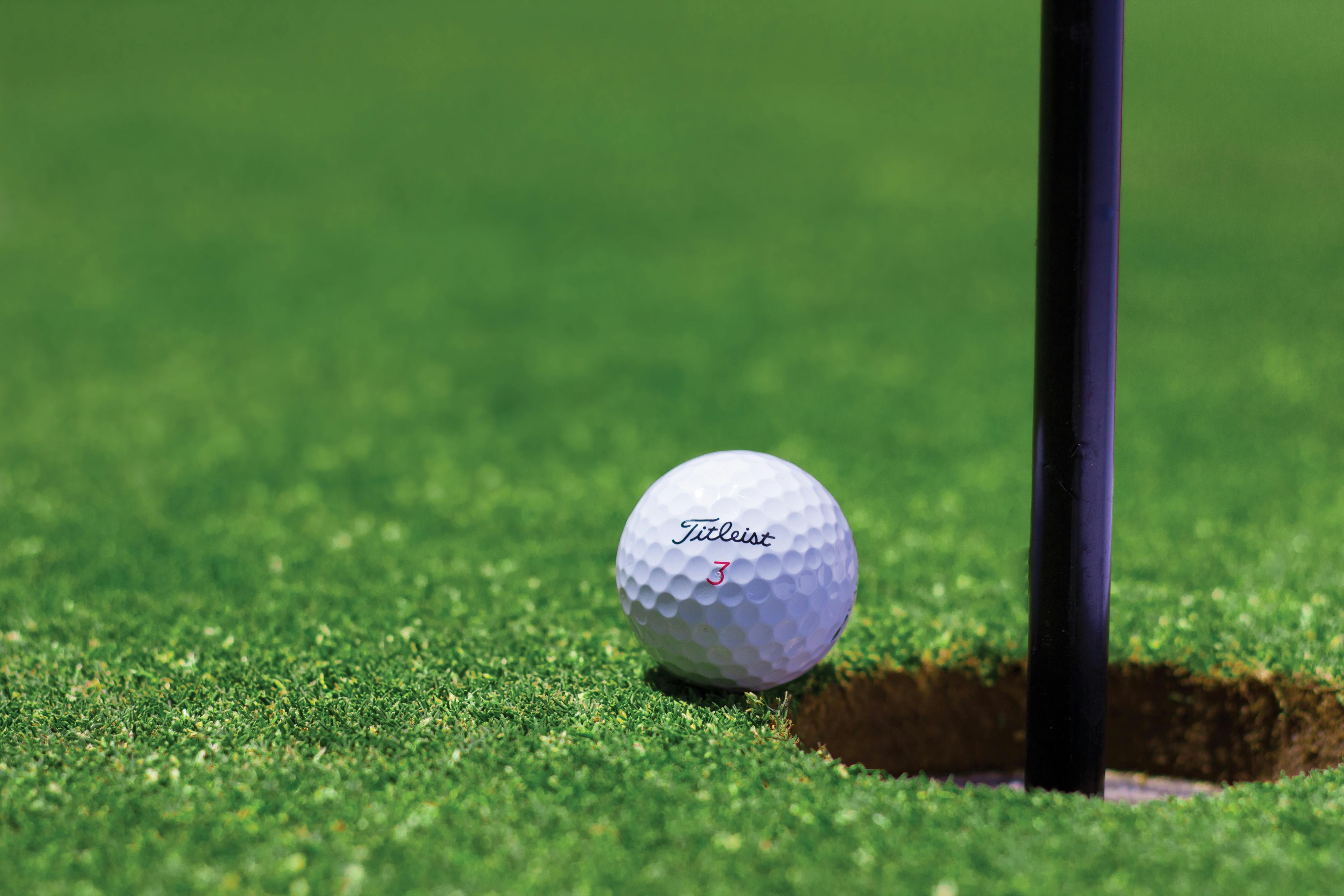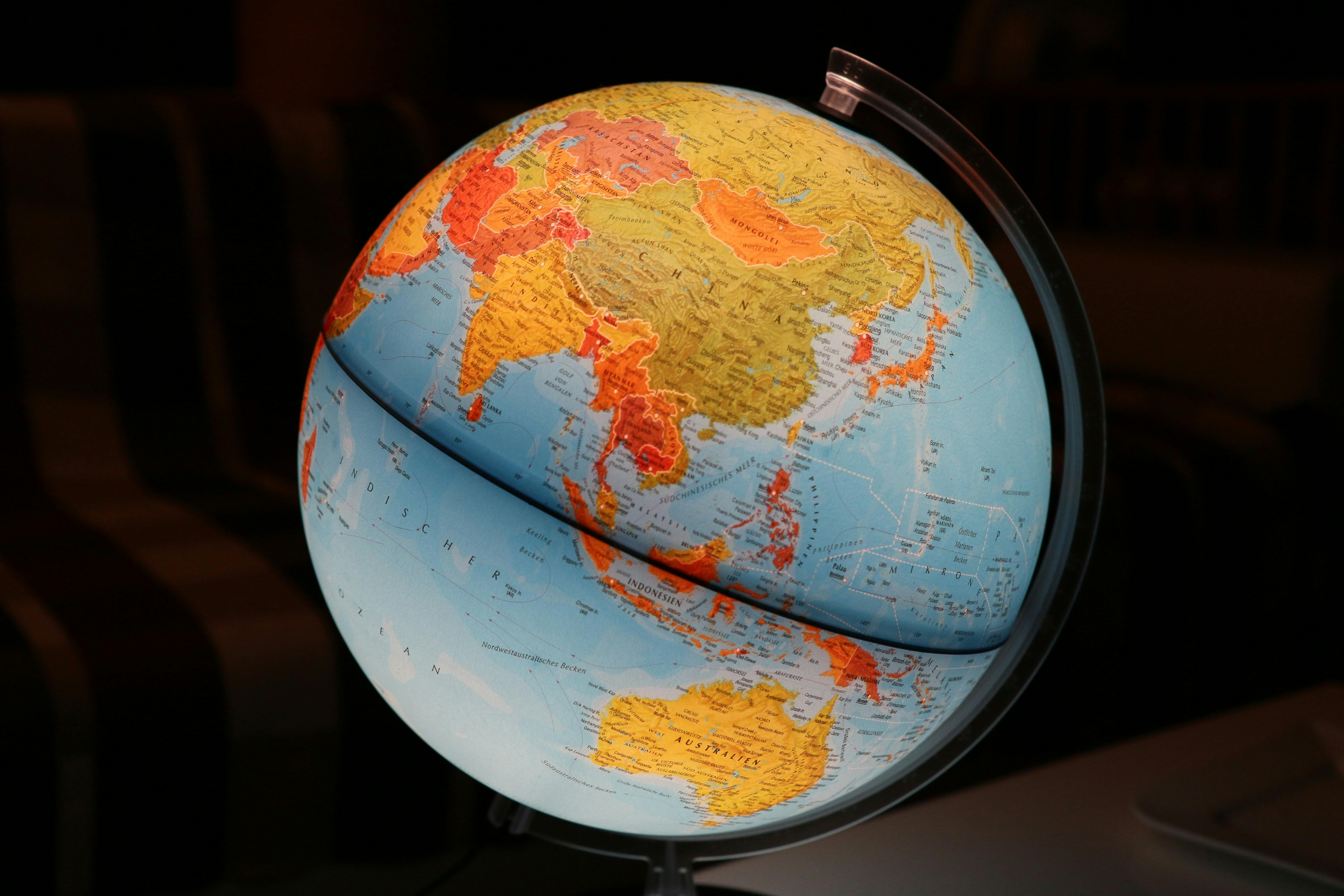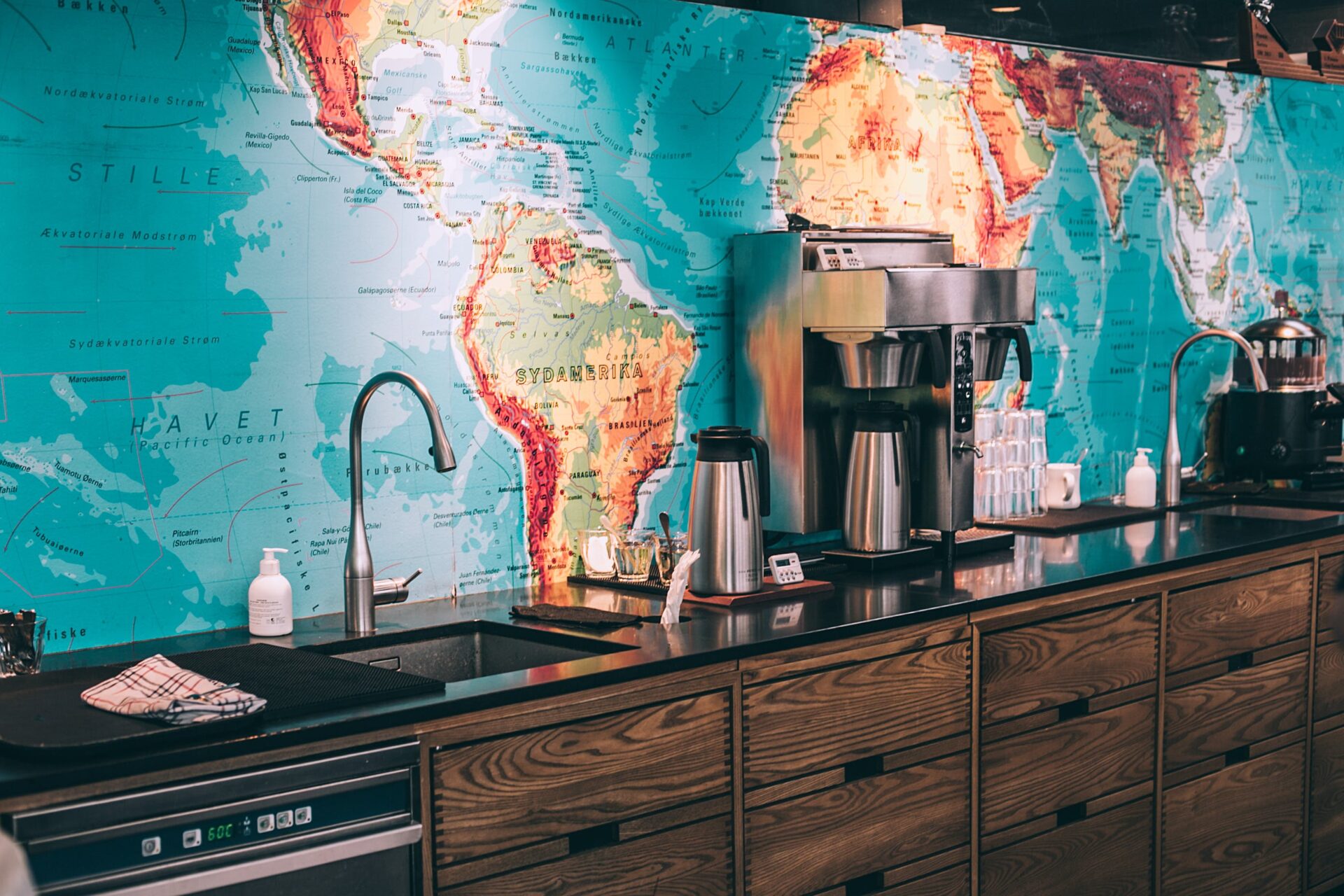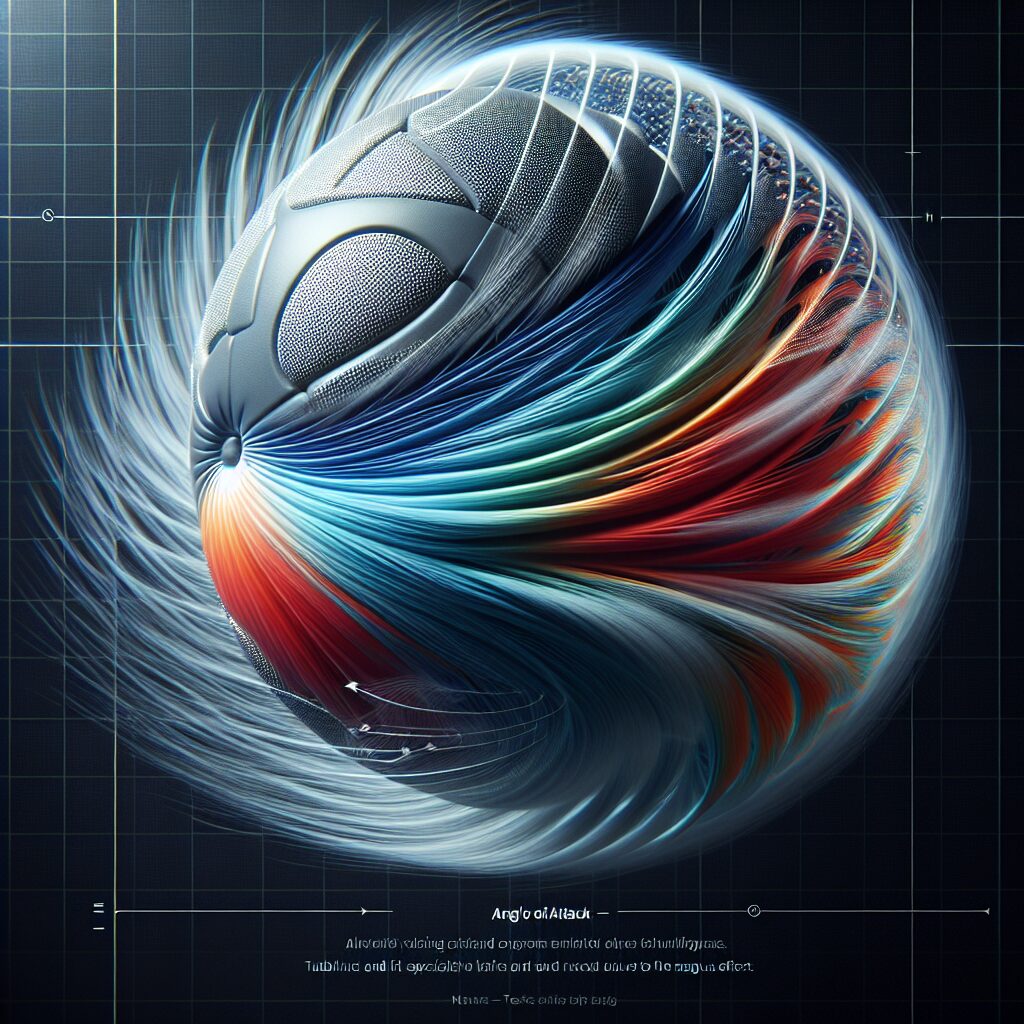The FIFA World Cup is one of the most prestigious sporting events in the world, drawing millions of viewers from all over the globe. Every four years, teams from around the world come together to compete for the title of World Cup champion. An important part of this event is the ball used in each game – a specially designed soccer ball that has become iconic in its own right. But how much does a World Cup ball cost? The answer may surprise you. In this article, we’ll explore how much a World Cup ball costs and why it’s priced so high.A World Cup ball typically costs between $150 and $200.
Price of a World Cup Ball
The price of a World Cup ball varies significantly depending on the type and quality of the ball. The official match balls used in the FIFA World Cup tournament typically cost anywhere from $160 to $200 each. However, there are also replica versions of these balls which can be purchased for much less, usually around $30-$50. These replica balls are not necessarily as good as the official match balls, but they are still suitable for recreational use.
In addition to the match ball, FIFA also produces special edition balls for each tournament that feature unique designs and colours. These special edition balls typically cost more than regular match balls and range from $50-$100. The prices will vary depending on the design and features included in the ball.
For those looking for an even more inexpensive option, there are many different types of training footballs available in various sizes and colors which can be purchased for around $20 or less. Although these training footballs are not suitable for match play, they offer a great option for recreational use or practice drills.
Overall, whether you’re looking to buy an official match ball or just a basic training ball, there is a wide range of options available at different price points to suit every budget and need.
Different Types of World Cup Balls
The World Cup is one of the most popular sporting events in the world, and as such, there are different types of balls that have been used throughout its history. From leather to synthetic materials, each ball was designed to provide optimal performance for the players and fans alike. Here is a look at some of the different types of World Cup balls that have been used over the years.
The first official World Cup ball was made out of leather and was called the “T-Model”. It was used during the inaugural World Cup in 1930 and had a unique design with laces running around its circumference. It had a rather heavy construction and was not particularly easy to control, but it provided a good level of durability and was well-suited for the game at that time.
In 1970, Adidas released their iconic “Telstar” ball which was made from a synthetic material called polyurethane. This type of ball provided players with better control due to its lighter weight and improved aerodynamics compared to leather balls. The design also featured black pentagonal panels which were meant to help players track its trajectory more easily.
In 1982, Adidas released their second iteration of the Telstar ball which featured an improved polyurethane material as well as printed hexagons instead of pentagons for better visibility on television screens. This design remained in use until 1994 when Adidas released their third generation “Questra” ball which featured an even more advanced polyurethane material with a textured surface for improved grip.
Since then, several other designs have been used including Nike’s “Geo Merlin” (2002), Adidas’ “Teamgeist” (2006) and Nike’s “Total 90 Aerow” (2010). Each one has been designed with modern technology in mind to provide players with increased accuracy, control, power and spin when shooting or passing on the pitch.
Overall, there have been many different types of World Cup balls throughout its history. From leather to synthetic materials, each one has been designed to provide optimal performance for both players and fans alike. As technology advances we can expect even more advanced designs in upcoming tournaments!
Materials Used
The cost of a World Cup ball is affected by the materials used to make it. High-end soccer balls are manufactured with top-grade leather, synthetic leather, and other materials like rubber, polyurethane, and textiles. The quality of these materials affects the overall performance of the ball as well as its cost. For example, a ball made with synthetic leather will cost more than one made with rubber or polyurethane. Additionally, the type of stitching used to create the panels affects the cost of the ball since some stitches are more expensive than others.
Manufacturing Process
The manufacturing process also affects the cost of a World Cup ball. Soccer balls need to be hand-stitched for optimal performance, which is a labor-intensive process that can add to the overall cost. Additionally, some manufacturers use advanced technologies such as 3D printing and computer vision systems to enhance their manufacturing processes which can also drive up costs.
Brand Name
The brand name of a World Cup ball is another factor that influences its price tag. While generic balls are available at lower prices, those associated with famous brands tend to be more expensive due to their higher quality and better performance on the pitch. Popular brands usually invest heavily in research and development in order to stay ahead of their competitors so this added expense is reflected in their products’ prices.
Demand
Demand for World Cup balls also contributes to their costs as high demand increases prices while low demand tends to lower them. This is because manufacturers have limited resources so when demand is high they must increase production in order to meet it which drives up costs. Additionally, manufacturers may have difficulty keeping up with demand during periods of peak demand resulting in further inflation.
Where to Buy a World Cup Ball
If you’re looking for a World Cup ball, you have a few options. You can buy the official match ball at many major sporting stores, or you can buy one online. If you’re looking for an authentic and official soccer ball, then buying from a reputable seller is your best bet. The official match ball is usually made of high-quality materials and designed to meet the exact specifications of FIFA. It will come with all the necessary markings and logos. If you’re looking for something more affordable, then there are plenty of other options available. Many online retailers offer replica balls at a fraction of the cost of the official ball. These replica balls are not made to the same standards as the official match ball, but they still make great practice balls and are good for recreational play.
You can also find World Cup Balls at many local sporting goods stores. You may be able to find some great deals on these balls if you shop around. Local sporting goods stores typically carry a variety of different soccer balls, including replica World Cup Balls. Be sure to read reviews of any store before making your purchase, as some stores may not carry high-quality soccer balls or may have poor customer service.
Finally, if you’re looking for an authentic World Cup Ball, then eBay is also an option. Many sellers on eBay offer authentic and replica World Cup Balls at reasonable prices. Be sure to read the item descriptions carefully before making your purchase to ensure that you are getting an authentic product with all the correct markings and logos.
No matter where you choose to buy your World Cup Ball, be sure to do your research beforehand so that you get exactly what you need at a price that fits your budget!

Cost Comparison Between Different Brands of World Cup Balls
The cost of a World Cup ball can vary greatly depending on the brand and quality. Some of the top brands include Adidas, Nike, Puma and Mitre. The cost of a World Cup ball from each brand can range from as little as $20 to upwards of $150, depending on the quality.
Adidas is one of the most popular brands when it comes to World Cup balls. Their balls are available for purchase from their website and range in price from $20 to around $80. The higher-end Adidas balls are made with premium materials and feature advanced technologies such as cushioning foam, air-filled chambers, and more.
Nike is another popular brand when it comes to World Cup balls. Their balls range in price from $30 to around $100, depending on the quality of the ball. Nike’s higher-end balls are made with premium materials such as Flyknit technology and are designed specifically for optimal performance during competition.
Puma is another popular brand when it comes to World Cup balls. Puma’s balls range in price from $50 to around $100, depending on the quality of the ball. Puma’s higher-end balls are made with premium materials such as their Reactive Foam technology and feature advanced technologies such as cushioning foam, air-filled chambers, and more.
Finally, Mitre is another popular brand when it comes to World Cup balls. Their balls range in price from $50 to around $150, depending on the quality of the ball. Mitre’s higher-end balls are made with premium materials such as their Pro-Touch technology and feature advanced technologies such as cushioning foam, air-filled chambers, and more.
In conclusion, there is a wide variety of options when it comes to purchasing a World Cup ball from different brands. Each brand offers different levels of quality at different prices so shoppers should be sure to do their research before making a purchase decision based on cost alone.
Advantages of Buying a World Cup Ball Online
The main advantage of buying a World Cup ball online is that it is generally much cheaper than purchasing one in a physical store. Shopping online also gives you more options than you would find in a store, meaning that you can find the exact size, shape and color that you want. Moreover, when you purchase something online, it usually comes with free shipping or a reduced rate so you can save money on the cost of getting your new soccer ball to your doorstep. Furthermore, when buying online, you can take advantage of reviews and ratings from other customers to help make an informed decision as to which product is best for your needs.
Disadvantages of Buying a World Cup Ball Online
The main disadvantage of buying a World Cup ball online is that it can be difficult to get an accurate idea of the quality and condition before making the purchase. When shopping in-store, you can actually hold and feel the item to determine its quality. Additionally, if something does arrive damaged or not as described, it may be difficult to return or exchange it through an online retailer. You may also miss out on special offers or discounts that might be available in physical stores.
Durability
When purchasing a World Cup ball, it is essential to consider its durability. A durable ball will be able to withstand the wear and tear of intense soccer matches. This ensures that the ball remains in optimal condition for the duration of the tournament. Quality materials should be used in construction of the ball, such as leather or synthetic materials. It is also important to check for any signs of wear or damage before purchasing the ball, as this can affect its performance on the field.
Quality and Performance
The quality and performance of a World Cup ball should also be taken into consideration when making a purchase. The ball should have a good bounce and should retain its shape throughout playtime. It should also provide an even surface for consistent control and accuracy during games. To ensure that these factors are met, it is important to purchase balls from reputable brands with proven track records in producing superior quality soccer balls.
Price
Cost is another factor to take into account when purchasing a World Cup ball. Generally, higher-end balls tend to cost more due to their superior quality materials and craftsmanship. However, it is possible to find good quality balls at lower prices if you shop around and compare prices from different retailers. Ultimately, the best option depends on your budget and personal preferences.
Appearance
The appearance of a World Cup ball is also an important factor when making a purchase decision. Many teams opt for custom designs with team colors or logos on them in order to show their support for their side during matches. Additionally, some players prefer certain designs or patterns that they think will give them an edge during playtime. Ultimately, it comes down to personal preference when choosing a design for your World Cup ball.

Conclusion
The cost of a World Cup ball is determined by the manufacturer and the quality of materials used. It is important to remember that, while the cost of a World Cup ball may vary, the quality should not. The FIFA Quality Pro standard ensures that all World Cup balls are of the highest quality, no matter what their price tag reads. This makes it easier for players to choose a ball that will perform best in their respective tournaments.
The average cost of a World Cup ball is between $100 and $150. It is important to remember that this price range may vary depending on the manufacturer and the type of materials used. It is also important to keep in mind that there are replica World Cup balls available at lower prices for those who don’t need to have an official match-ball for their tournament or practice sessions.
In conclusion, it can be seen that the cost of a World Cup ball can vary depending on its manufacturer and components used, but FIFA’s Quality Pro standard ensures that all balls meet certain minimum requirements regardless of price.
With this knowledge, soccer players can find a high-quality ball within their budget without sacrificing performance or safety on the pitch.




